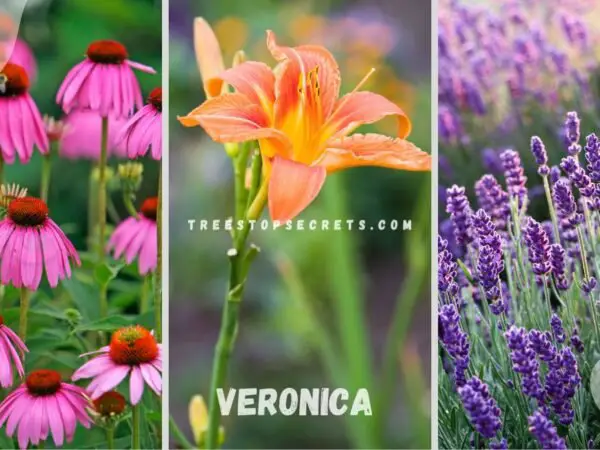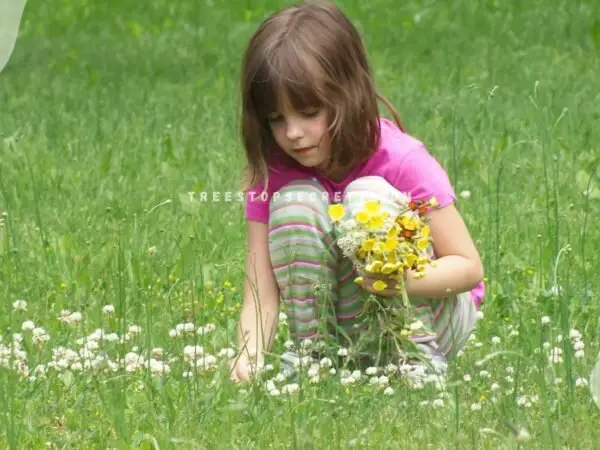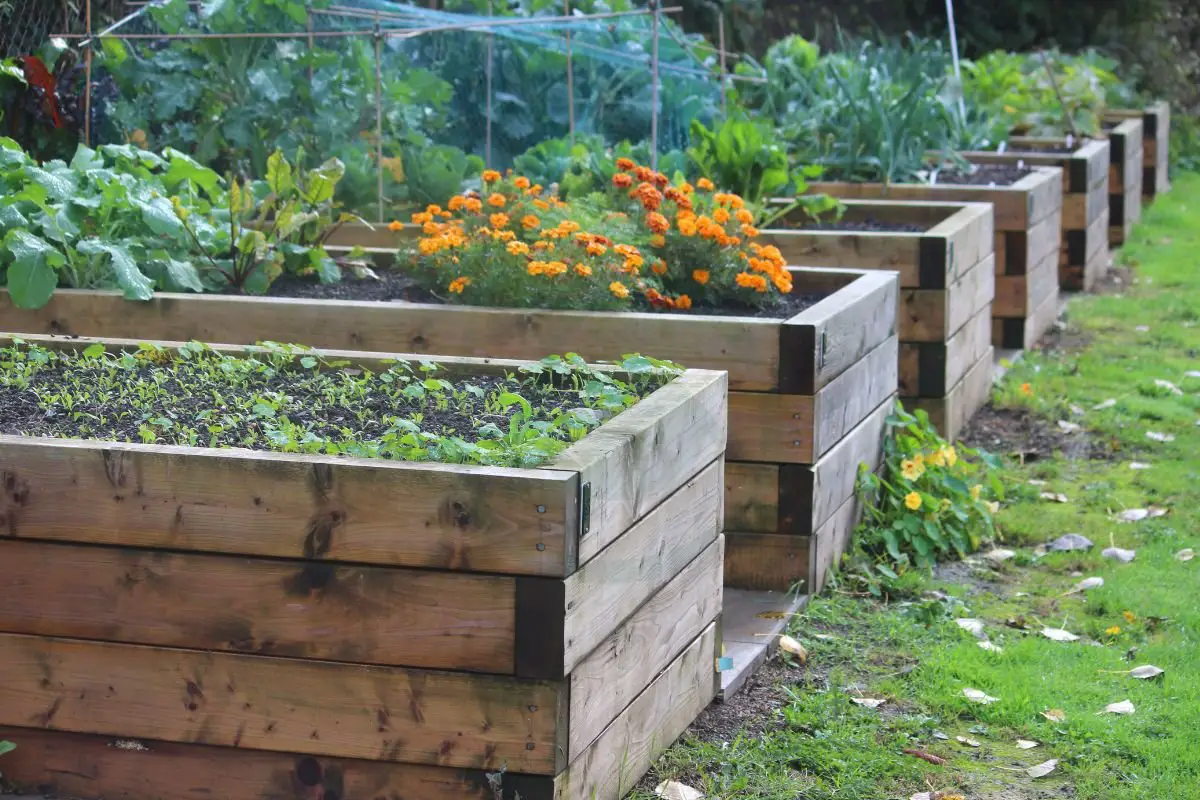
Are you, as a gardener, struggling with determining the ideal plant spacing for your raised garden bed crop? In this guide, we will delve into the crucial aspects of raised garden bed plant spacing to help you optimize your gardening efforts for various crops, including potato plants, using a grid.
Key Takeaways
- Maximize your raised bed space in your vegetable garden: Utilize biointensive planting methods to grow more crops in a smaller area efficiently.
- Understand plant spacing: Learn the importance of proper plant spacing to ensure optimal growth and yield from your raised garden bed.
- Prepare your soil: Prioritize soil preparation in raised beds to provide a nutrient-rich environment for your plants to thrive.
- Implement optimal spacing techniques when growing vegetables: Apply advanced intensive planting strategies to make the most out of your raised bed space.
- Follow planting tips for beginners: Start with basic planting tips to set a strong foundation for successful gardening in raised beds.
- Embrace sustainable practices: Incorporate sustainable practices in your raised bed gardening to promote environmental stewardship and long-term viability.
Maximizing Raised Bed Space
Intensive Planting
Utilize the square foot gardening method to make the most of your raised bed space. By precisely spacing plants within each square foot, you can efficiently utilize every inch. Maximize yields by planting a variety of vegetables in a small area, ensuring you get the most out of your garden. Implement dense planting techniques for vegetables to not only maximize space but also to prevent weed growth effectively.
Efficient Techniques
Incorporate companion planting to enhance plant growth and deter pests naturally. Pairing compatible plants together can improve overall health and productivity. Use trellising for tall crops to ensure they don't overshadow shorter plants, allowing sunlight to reach all crops equally. Optimize your plant spacing based on the mature sizes of the plants, ensuring they have enough room to grow without overcrowding.
Easy Methods
Follow simple guidelines when it comes to successful plant spacing in your raised garden bed. Utilize a convenient quick guide for easy reference when planning out your garden layout. Implement the use of charts that provide detailed information on optimal plant spacing, making it easier for you to achieve efficient spacing throughout your raised bed.
Benefits of Biointensive Planting
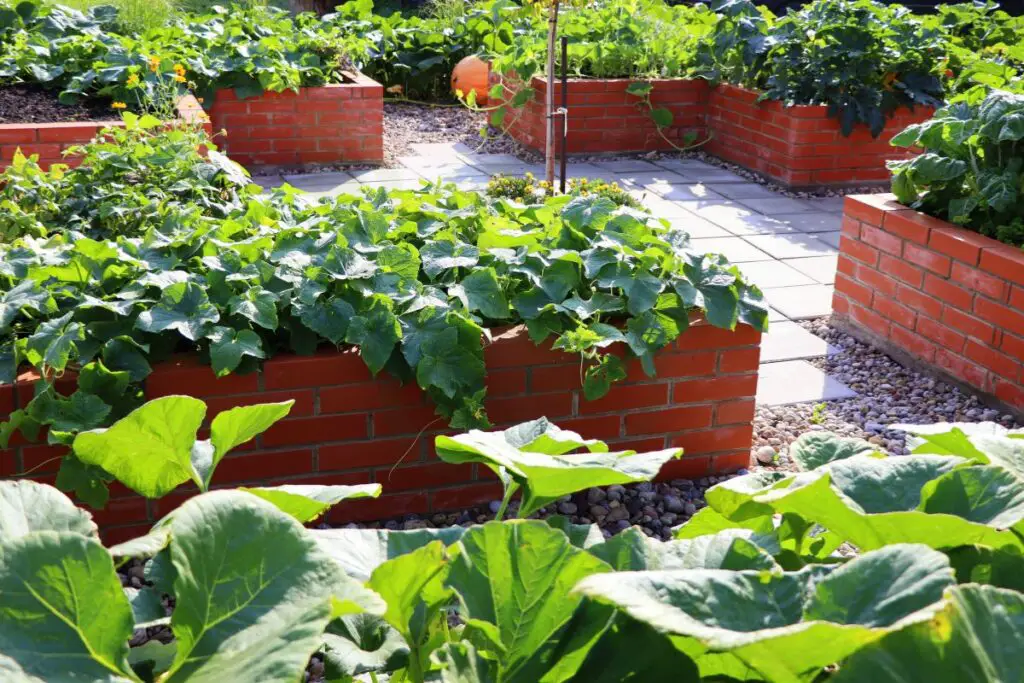
Sustainability Focus
Biointensive planting promotes sustainability by maximizing the use of small spaces for growing various crops. This method enhances soil health through diverse plantings, improving overall soil quality. By employing organic methods, gardeners can sustainably manage their gardening practices.
- Promote sustainability through intensive planting techniques.
- Enhance soil health by planting a variety of crops in a small space.
- Implement organic methods for sustainable gardening practices.
Soil Health
To maintain healthy soil, focus on proper plant spacing in inches to allow plants ample room to grow and access nutrients. Utilize layering and succession planting to enrich the soil with different root structures. By adopting organic methods, gardeners can ensure long-term fertility and vitality of their soil.
- Proper plant spacing enhances soil health.
- Layering and succession planting improve soil quality.
- Organic methods maintain soil fertility.
Increased Yields
By optimizing plant spacing in inches, biointensive planting helps maximize yields from limited garden space. This method increases productivity by utilizing space efficiently without overcrowding plants. Implementing water conservation methods ensures that plants receive adequate moisture for optimal growth.
- Maximize yields by optimizing plant spacing.
- Increase productivity through efficient planting techniques.
- Implement water conservation methods for enhanced yields.
Understanding Plant Spacing
Transplants Spacing
For transplant spacing, refer to specific guidelines to ensure each plant has ample space to grow. Avoid overcrowding, which can lead to competition for nutrients and sunlight. Efficient techniques like using measuring tools or planting grids can help achieve optimal transplant placement.
- Maintain proper spacing between transplants to promote healthy root development and prevent diseases.
- Overcrowding can stunt growth and reduce yields, so follow recommended distances between plants.
- Utilize tools like a ruler or spacing template for accurate and consistent plant placement.
Seeds Spacing
When considering seed spacing, optimizing the distance between seeds is crucial for successful germination. Follow guidelines provided on seed packets or gardening resources for the best results. Implementing quick and easy methods such as creating furrows or using seed tape can simplify the process of seed spacing.
- Proper seed spacing ensures adequate access to nutrients, water, and sunlight for each seedling.
- Following recommended seed placement instructions helps prevent issues like overcrowding or poor growth.
- Techniques like using a dibber or seed dispenser can streamline the process of seeding at appropriate intervals.
Optimal Spacing Techniques
Guidelines for Success
Implement growth optimization techniques to ensure your raised bed garden thrives. Focus on maximizing yields by proper plant spacing. Follow essential guidelines for successful raised bed gardening, such as providing adequate space between plants to avoid competition for nutrients and sunlight.
To achieve optimal results, it is crucial to understand the specific needs of each plant in your garden. By spacing plants appropriately, you can prevent overcrowding and allow each plant to access the necessary resources for healthy growth. Consider factors like the mature size of the plants, their root systems, and their light requirements when determining the ideal spacing.
- Proper plant spacing promotes good air circulation, reducing the risk of diseases that thrive in humid environments.
- Adequate spacing also facilitates easier maintenance tasks such as weeding and harvesting.
- Overcrowded plants are more susceptible to pests and diseases due to limited airflow and increased humidity around the foliage.
Growth Optimization
Enhance plant growth by strategically spacing your plants in the raised garden bed. By following specific timing and techniques, you can optimize growth and ensure a bountiful harvest. Utilize efficient methods for growth optimization, including staggered planting to maximize space utilization and companion planting for mutual benefits among different plant species.
Strategic plant spacing allows each plant to receive sufficient sunlight, water, and nutrients without competing with neighboring plants. This practice helps prevent stunted growth and ensures that each plant reaches its full potential. Proper spacing can improve pollination rates for flowering plants, leading to better fruit set and higher yields.
- Staggered planting involves alternating rows or groups of plants to maximize sunlight exposure for all plants.
- Companion planting involves growing compatible plant species together to enhance nutrient uptake and pest control.
- Strategic spacing also aids in weed suppression by minimizing bare soil areas where weeds can thrive.
Soil Preparation for Raised Beds
Enhancing Soil Health
Improving soil health in raised garden beds is crucial for successful plant growth. Proper plant spacing allows plants to access nutrients efficiently. Organic methods, such as composting, enrich the soil with essential nutrients. Layering organic matter like leaves and grass clippings boosts soil fertility.
Implementing succession planting helps maintain a continuous supply of fresh produce while enhancing soil structure. By rotating crops strategically, you prevent nutrient depletion and reduce the risk of pests and diseases. These practices promote a balanced ecosystem within the raised bed.
Preparing for Planting
Before planting, ensure the raised bed's soil is rich in nutrients and well-aerated. Incorporate compost or aged manure to enhance soil fertility further. Adequate watering and drainage are essential for plant health.
Creating a healthy environment in the raised bed involves regular weeding to prevent competition for nutrients among plants. Mulching helps retain moisture and suppresses weed growth, promoting optimal conditions for plant growth.
Planting Tips for Beginners
Quick Guide
Planters can refer to a quick guide for easy plant spacing reference. This guide helps in understanding the ideal distance between plants. By following this reference, beginners can ensure that their plants have enough space to grow healthily and produce abundant yields.
For efficient planting techniques, utilize a concise guide that outlines the recommended spacing for various types of plants commonly grown in raised garden beds. This guide simplifies the process of determining how far apart each plant should be placed to optimize growth and minimize competition for resources like water and nutrients.
To achieve successful raised bed gardening, it is essential to follow a quick reference that provides insights into plant spacing requirements. By adhering to these guidelines, beginners can create a well-organized and productive garden that maximizes the available space while promoting optimal plant health and development.
Chart Utilization
When planning plant spacing in raised garden beds, it is beneficial to utilize charts designed specifically for this purpose. These charts offer visual representations of recommended plant distances, making it easier for beginners to plan their garden layout effectively. By referring to these charts, individuals can avoid overcrowding their plants and ensure proper air circulation and sunlight exposure.
For proper seed and transplant placement, refer to charts that detail the spacing requirements for different varieties of vegetables, herbs, and flowers. These charts serve as valuable tools in ensuring that each plant receives adequate space to thrive without being hindered by neighboring vegetation. By consulting these resources, beginners can enhance the overall success of their gardening endeavors.
Implementing chart utilization is crucial for adopting successful gardening practices in raised beds. By incorporating these visual aids into the planning process, beginners can make informed decisions about plant placement and spacing. This approach not only promotes better growth outcomes but also contributes to a more organized and visually appealing garden layout.
Harvest Optimization Strategies
Timing and Technique
Proper timing is crucial for successful plant spacing. By planting at the right time, you give your plants the best chance to thrive. Utilize specific techniques such as using a grid system or companion planting to ensure optimal growth. These methods help maximize space utilization in your garden.
To achieve an abundant harvest, it's essential to implement precise techniques for plant spacing. Consider factors like the mature size of each plant, sunlight requirements, and potential competition for nutrients. By spacing your plants effectively, you can prevent overcrowding and promote healthier growth overall.
Maximizing Yields
Maximize your yields by strategically planning your plant spacing. Properly spaced plants have access to adequate sunlight, water, and nutrients, leading to increased productivity. Implement efficient techniques like intercropping or vertical gardening to make the most of limited space and resources.
Focus on enhancing yields by incorporating water conservation methods into your gardening practices. Efficient irrigation systems such as drip irrigation or mulching can help conserve water and promote plant growth. By ensuring that your plants receive sufficient moisture without wastage, you can optimize yields while minimizing resource consumption.
Sustainable Practices in Raised Beds
Water Conservation
Implement water conservation techniques by using efficient watering practices to maintain plant health. Utilize methods like drip irrigation or soaker hoses to minimize water waste. Consider installing a rain barrel to collect and reuse rainwater for watering your raised garden beds.
Focus on maximizing plant yields by ensuring that water reaches the roots effectively. Mulching around plants helps retain moisture in the soil, reducing the frequency of watering needed. Adjust watering schedules based on weather conditions to prevent over or under-watering your plants.
Utilize water-saving methods such as grouping plants with similar water requirements together. This way, you can tailor your watering practices more effectively, avoiding overwatering some plants while underwatering others. By maximizing the efficiency of your watering techniques, you contribute to sustainable gardening practices.
Organic Methods
Implement organic gardening methods to promote sustainable plant growth without harmful chemicals. Enhance soil health by incorporating compost into your raised garden bed soil regularly. Compost enriches the soil with essential nutrients, fostering robust plant growth.
Focus on utilizing organic fertilizers and pest control methods to maintain a healthy ecosystem within your raised beds. Avoid synthetic pesticides and opt for natural solutions like neem oil or companion planting to deter pests organically. By prioritizing organic practices, you support biodiversity and long-term soil fertility.
Utilize organic techniques such as crop rotation and cover cropping to improve soil structure and fertility over time. These methods help prevent nutrient depletion in the soil and reduce the risk of diseases building up in your garden beds. By embracing organic gardening principles, you contribute to a healthier environment and promote sustainable food production.
Advanced Intensive Planting Strategies
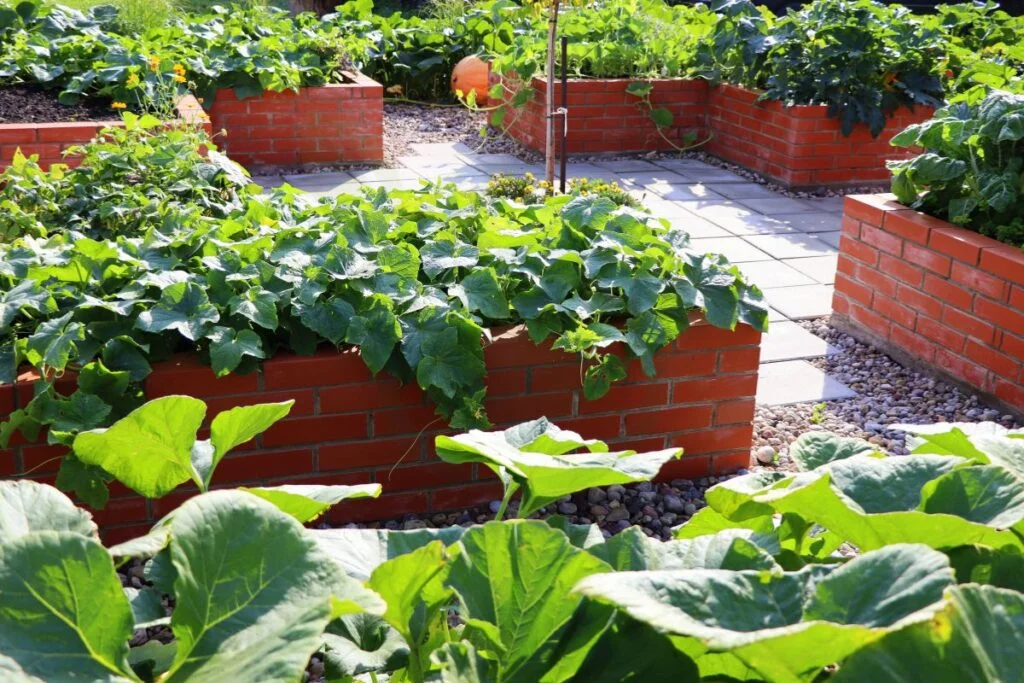
Layering and Succession
Implement layering and succession planting to enhance soil health and sustainability in your raised garden bed. By layering organic materials like compost, leaves, and straw, you create a nutrient-rich environment for plant roots. This technique also helps retain moisture in the soil, reducing water needs.
Focus on sustainable gardening by practicing layering techniques that mimic natural ecosystems. As organic matter decomposes, it releases nutrients into the soil, promoting healthy plant growth. Layering can improve soil structure and drainage over time, creating an optimal environment for root development.
Utilize succession planting to ensure a continuous supply of fresh produce throughout the growing season. By planting new crops as soon as one is harvested, you maximize space utilization and increase overall yields. This method also helps prevent soil depletion by varying nutrient demands among different plant species.
Companion Planting
Enhance the growth of your plants by strategically implementing companion planting in your raised garden bed. Pairing compatible plants together can boost each other's growth while deterring pests naturally. For example, planting marigolds alongside tomatoes can help repel nematodes and other harmful insects.
Implement companion planting not just for improved growth but also for pest control and soil enhancement. Certain plant combinations have symbiotic relationships that benefit each other's health and vitality. For instance, planting beans near corn provides natural support for the corn stalks while fixing nitrogen in the soil.
Utilize companion planting techniques to maximize yields from your raised garden bed. By pairing plants that complement each other's needs, you create a balanced ecosystem that promotes overall plant health and productivity. This method reduces the need for chemical fertilizers and pesticides while fostering a more harmonious garden environment.
Summary
In maximizing raised bed space, you learned about the benefits of biointensive planting and the importance of understanding plant spacing techniques for optimal growth. By focusing on soil preparation, planting tips, and harvest optimization strategies, you gained insight into sustainable practices and advanced intensive planting strategies for your raised beds. Now equipped with these valuable techniques, you can create a thriving garden that maximizes space and yield while promoting sustainability.
Take action now by implementing these strategies in your own raised bed garden. Share your newfound knowledge with fellow gardening enthusiasts to spread the benefits of biointensive planting and sustainable practices. With these insights, you are well on your way to achieving a bountiful harvest and contributing to a greener, more sustainable future for all.
Frequently Asked Questions
What are the benefits of biointensive planting?
Biointensive planting maximizes space, encourages biodiversity, and minimizes water usage. It also enhances soil health and can lead to higher yields compared to traditional gardening methods.
How can I optimize plant spacing in raised garden beds?
To optimize plant spacing in raised beds, follow recommended spacing guidelines for each plant variety, consider companion planting to maximize space usage, and regularly monitor and adjust spacing as plants grow.
Why is understanding plant spacing important in gardening?
Understanding plant spacing ensures plants have enough room to grow roots without competing for resources. Proper spacing promotes healthier plants, reduces the risk of diseases, and increases overall productivity in your garden.
What are some sustainable practices for raised bed gardening?
Sustainable practices for raised bed gardening include using organic fertilizers, practicing crop rotation, implementing water-saving techniques like drip irrigation, mulching to retain moisture and suppress weeds, and incorporating beneficial insects for natural pest control.
How do I prepare the soil for a raised garden bed?
Prepare the soil by removing any existing vegetation or weeds, loosening the soil with a fork or tiller, adding compost or organic matter to improve fertility and structure, testing the pH level, and ensuring proper drainage before planting in your raised garden bed.
Image Source: Paid image from CANVA



